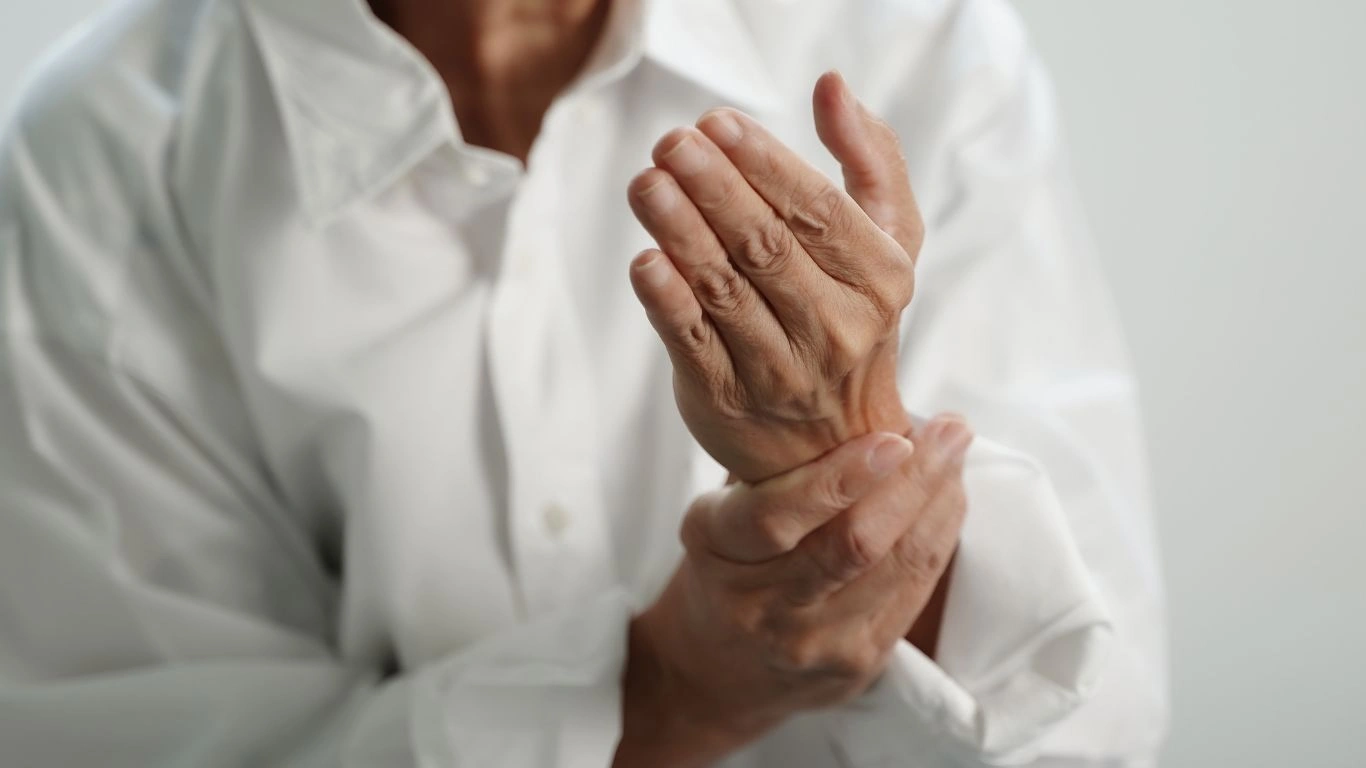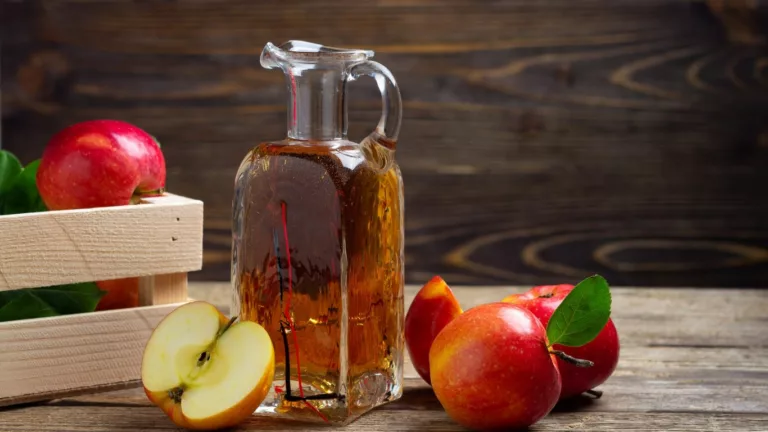Transform RA Symptoms Naturally with the Autoimmune Protocol Diet
If you’re navigating the tricky terrain of **rheumatoid arthritis and autoimmune protocol diet** (AIP), trust me—you’re not alone. As a Rheumatology Nurse Practitioner who’s been in the trenches with patients (and let’s be real, a few family members too), I’ve seen firsthand how autoimmune diseases like RA can shake up daily life. That morning stiffness that makes getting out of bed feel like a wrestling match? Yep, we know it too well. And when you throw in dietary changes on top of managing symptoms, it can feel downright overwhelming. But hang in there, because in this guide, I’m breaking things down in a way that’s real, practical, and actually doable.
What Is Rheumatoid Arthritis, Really?

We all hear about RA in commercials or maybe in conversations about joint pain, but what *exactly* is happening in the body?
Rheumatoid arthritis is an autoimmune disease—basically, your immune system gets a little too enthusiastic and starts attacking your joints by mistake. It’s like friendly fire in your own body. This leads to inflammation, swelling, and damage primarily in the small joints (think hands, wrists, feet). And unlike osteoarthritis, which is more about wear and tear, RA is driven by inflammation that can affect more than just your joints—think heart, lungs, even eyes.
I often tell my patients: *“RA is a full-body experience—it’s not just sore knuckles.”*
Key Symptoms of Rheumatoid Arthritis
- Morning stiffness lasting more than 30 minutes
- Swollen, tender joints—usually symmetrical (both wrists, both knees, etc.)
- Fatigue that doesn’t go away with rest
- Low-grade fever and weight loss (in some cases)
It’s sneaky too. Symptoms can flare up suddenly and then go into remission, making it harder for some folks to get a timely diagnosis. That’s where your gut instinct and solid health team come in.
Let’s Talk: The Autoimmune Protocol Diet (AIP)

This is the biggie, right? I get asked *all the time*: “Does what I eat actually affect my RA?” And the short answer? Absolutely. I’ve had patients—and a few skeptical doctors—do complete 180s once they saw how food impacts inflammation. That’s where the **autoimmune protocol diet** comes in.
What is the Autoimmune Protocol Diet?
The AIP diet is like a stricter cousin of paleo. It’s an elimination diet designed to help identify and remove foods that may be triggering inflammation. You cut out potential culprits and then slowly reintroduce them one at a time, watching how your body reacts. Sounds simple, but trust me, it’s a whole journey.
Common Foods Eliminated in AIP:
- Grains (yes, even the “healthy” ones)
- Legumes (sorry, lentil soup lovers)
- Dairy
- Refined sugars
- Nightshades (think tomatoes, peppers, eggplants)
- Processed foods and seed oils
So What Can You Eat?
Plenty! The diet focuses on nutrient-dense, anti-inflammatory foods like:
- Grass-fed meats and wild-caught fish
- Organic vegetables (except nightshades)
- Bone broth (seriously healing)
- Fermented foods like sauerkraut and kimchi
- Healthy fats—hello, avocado!
When I first tried AIP with a patient who was dealing with resistant joint pain, we both approached it with cautious optimism. But by week four, she reported less morning stiffness, better sleep, and more energy. No magic pills—just food. That’s when I really leaned into learning more about the gut-immune connection.
How the Gut Plays a Role in Autoimmunity

You’ve probably heard the phrase “leaky gut” tossed around—and while it sounds a bit gimmicky, there’s legit science behind it. The lining of your gut is supposed to be tight like a fortress, letting nutrients in and keeping unwanted stuff out. But stress, poor diet, infections, and certain medications can wear down that lining.
When that happens, larger food particles and toxins can “leak” through into the bloodstream. This can trigger an immune response and—bam—you’ve got inflammation city. For folks with RA, this can mean flares, fatigue, or worsening joint pain.
Signs Your Gut Might Be Contributing to RA Flares:
- Frequent bloating or gas
- Brain fog or difficulty concentrating
- New or worsening food sensitivities
- Skin issues like rashes or eczema
- Joint pain that doesn’t respond to medication
From a clinical standpoint, I’ve found that addressing gut health often brings surprising relief—even in patients who’ve been dealing with RA for years. It’s not about replacing medications (those are still essential!), but combining the best of both worlds: modern medicine and healing foods.
Tips for Transitioning Into the Autoimmune Protocol Diet Without Losing Your Mind

Okay, so now you might be thinking, “This sounds great and all, but how the heck do I even start this?” Fair question—and one I’ve heard dozens of times in clinic. The autoimmune protocol diet can sound intense at first, especially when your current comfort food list looks nothing like the AIP grocery haul.
Here’s the thing: *you don’t have to go from zero to kale smoothie overnight.* Honestly, most of my patients who stuck with AIP long-term did it gradually. And I always encourage starting with small, manageable changes that stack up over time.
Start Slow and Set Realistic Expectations
Try beginning with one or two swaps. Maybe you replace your usual breakfast cereal with a veggie and protein combo like sautéed spinach and pasture-raised eggs. Or you ditch seed oils and cook with coconut or avocado oil instead. Every change counts.
One of my patients—we’ll call her Lisa—was overwhelmed when she first saw the full AIP list. So we tackled just breakfast for the first two weeks. Once she got that down, we moved on to lunch. Fast forward three months, and she had a full AIP meal plan going, without ever feeling like she was “dieting.”
Meal Planning and Batch Cooking = Lifesavers
AIP isn’t exactly drive-thru friendly, so planning ahead is your best friend here. I often tell my RA patients to dedicate one or two days a week to prep proteins, wash and chop veggies, and make a few AIP staples like:
- Homemade bone broth (so soothing on flare days)
- Roasted sweet potatoes or squash
- Turkey patties with herbs and sea salt
- Cauliflower “rice” or mash
Trust me, future-you will thank past-you when you’re dealing with joint pain and don’t feel like standing in the kitchen for an hour.
Watch for the Reintroduction Phase
This is the part that gets overlooked the most. People either rush it, or they stay stuck in elimination mode forever (which isn’t the goal). After at least 30-60 days on strict AIP, you can start reintroducing foods *one at a time* to see how your body reacts. Keep a journal. Track symptoms. And give each food a few days before trying another.
I had one client who reintroduced eggs and instantly felt her knuckle joints stiffen up the next day. Boom—info. It’s not about perfection, it’s about understanding your unique triggers.
The Emotional Side of RA and Dietary Changes

Let’s be honest for a sec—it’s not just about the food or the joints. Rheumatoid arthritis messes with your *life*. I’ve seen people go from marathon runners to barely making it through grocery shopping without pain. Add the AIP diet into the mix, and it can feel like you’re losing the comfort of your go-to foods during an already tough time.
I always make space in my visits to talk about this side of RA. The isolation. The frustration. The anxiety over flare unpredictability. That stuff is *real*. And it absolutely affects your quality of life.
Lean Into Support
One of the best things you can do is build a support circle. Whether it’s a local RA group, an online AIP forum, or a friend who’ll meal prep with you on Sundays—don’t go at it alone. We’re not meant to white-knuckle our way through healing.
And if you’re ever feeling defeated, remember this: **healing isn’t linear.** There will be good days and flare days, but you’re not starting from scratch each time—you’re starting from experience.
Supplements and Lifestyle Tweaks That Actually Help

I’m a big believer in using every tool in the toolbox. Meds have their place—absolutely. But when patients are open to it, I love to layer in evidence-based supplements and lifestyle strategies to support healing.
Top Supplements for RA and Gut Support
- Omega-3 fatty acids: Great for reducing joint inflammation
- Vitamin D: Crucial for immune modulation (many RA patients are deficient)
- Magnesium: Helps with muscle tension and sleep—two big issues during flares
- L-glutamine: Supports gut lining repair (especially helpful on AIP)
- Turmeric (curcumin): Natural anti-inflammatory, but choose a bioavailable form
Of course, check with your healthcare provider before diving into supplements. I’ve seen interactions pop up—especially with immunosuppressants—so better to be safe and strategic.
Other Lifestyle Shifts That Support RA Healing
- Prioritize sleep – Your joints and immune system need that repair time.
- Gentle movement – Walking, swimming, or stretching (even on flare days) helps circulation and mood.
- Stress management – Chronic stress = chronic inflammation. Mindfulness, therapy, or even just 10 quiet minutes daily can shift things.
- Sauna or Epsom salt baths – Helps detox and reduces joint stiffness (plus, super relaxing).
One of my regulars swears by her nightly bath and lavender oil routine. She said it helps her feel more like herself again—and hey, if something simple brings peace during a flare, I’m all for it.
Real Life with RA: What Daily Life Looks Like on the Autoimmune Protocol Diet

Let’s get real—there’s a huge difference between knowing something is *good for you* and actually living it out day-to-day. Especially when you’re managing something as relentless as rheumatoid arthritis.
One thing I always share with my patients is this: **consistency trumps perfection**. The autoimmune protocol diet is not about never eating a cookie again. It’s about creating a foundation your immune system can thrive on, with space to occasionally enjoy life. I have patients who follow AIP 80% of the time and still see amazing improvements in energy, pain levels, and digestion.
A Peek Into an AIP Day That Actually Feels Normal
Here’s an example of what a typical day might look like for someone who’s made AIP part of their lifestyle without feeling like they live in a food prison:
- Breakfast: Turkey and veggie hash with avocado + herbal tea
- Lunch: Slow-cooked shredded beef over cauliflower rice with steamed greens
- Snack: Coconut yogurt with a handful of fresh blueberries
- Dinner: Grilled salmon, roasted carrots, and a bowl of bone broth
- Evening wind-down: Magnesium-rich herbal tea, maybe some journaling or a warm bath
Of course, everyone’s version will look a little different. Some of my clients like batch-prepping smoothie packs. Others get creative with AIP-friendly desserts. The point is—it’s *flexible* once you get the hang of it.
Frequently Asked Questions (From the Clinic to the Kitchen Table)

After years of working in rheumatology, I’ve heard just about every question under the sun when it comes to rheumatoid arthritis and the autoimmune protocol diet. Here are a few that come up all the time:
“How long before I start feeling better on AIP?”
It varies! Some people notice improvement in 2–3 weeks, especially with fatigue and gut symptoms. Joint pain can take longer—up to 30–90 days. But I’ve seen dramatic changes in labs and symptoms by the three-month mark.
“Can I do AIP while taking biologics or DMARDs?”
Absolutely. AIP isn’t a replacement for your medication—it’s a supportive tool. Think of it as giving your body every chance to lower inflammation naturally while your meds manage the more aggressive immune activity. And yes, some patients eventually reduce their dosages (under medical supervision, of course).
“What if I mess up or eat off-plan?”
Then you’re human! Don’t let one slip-up throw off your whole mindset. I always tell my patients: *“One flare doesn’t erase your progress.”* Learn from it, hydrate, and jump back in gently.
“Is this safe long-term?”
The elimination phase of AIP isn’t meant to last forever. But the principles of eating whole, unprocessed, anti-inflammatory foods? Those are sustainable and absolutely safe long-term. Many folks find their new baseline diet ends up being 70–80% AIP, with a few personal-safe foods added back in.
Empowered Healing: Your Role in Managing RA
RA can make you feel powerless some days—like your body’s calling all the shots and you’re just along for the ride. But here’s what I’ve learned from years of patient care and personal observation: *the more you understand your body, the more power you have to support it.*
Whether that’s tracking your symptoms, tweaking your food choices, or advocating for labs and care that actually reflect your lived experience—you become the MVP on your care team.
I’ve watched patients go from barely being able to open a jar to hiking again. Not because of a miracle drug or one-size-fits-all diet—but because they got curious, stayed consistent, and took small steps toward healing every day.
Resources for Continuing Your RA + AIP Journey
Ready to keep exploring? Here are a few trusted places to dive deeper:
- The Paleo Mom – Excellent science-backed AIP content
- Phoenix Helix – Personal stories, recipes, and reintroduction guides
- PubMed (NCBI) – For digging into the research side
- IFM – Find providers trained in root-cause and functional approaches
- American College of Rheumatology – Guidelines and clinical updates
Disclaimer
This article is for informational purposes only and is not intended to replace professional medical advice, diagnosis, or treatment. Always consult with your rheumatologist, primary care provider, or a registered dietitian familiar with autoimmune protocols before making significant changes to your diet or treatment plan. Everyone’s health journey is unique—what works for one person may not work for another.

Tarra Nugroho is a dedicated Nurse Practitioner with a strong foundation in family and preventive care. She brings both compassion and clinical expertise to her practice, focusing on patient-centered care and health education. As a contributor to Healthusias.com, Tarra translates medical knowledge into clear, empowering articles on topics like women’s health, chronic disease management, and lifestyle medicine. Her mission is simple: help people feel seen, heard, and informed—both in the clinic and through the content she creates. When she’s not caring for patients, Tarra enjoys weekend hikes, plant-based cooking, and curling up with a good health podcast.





